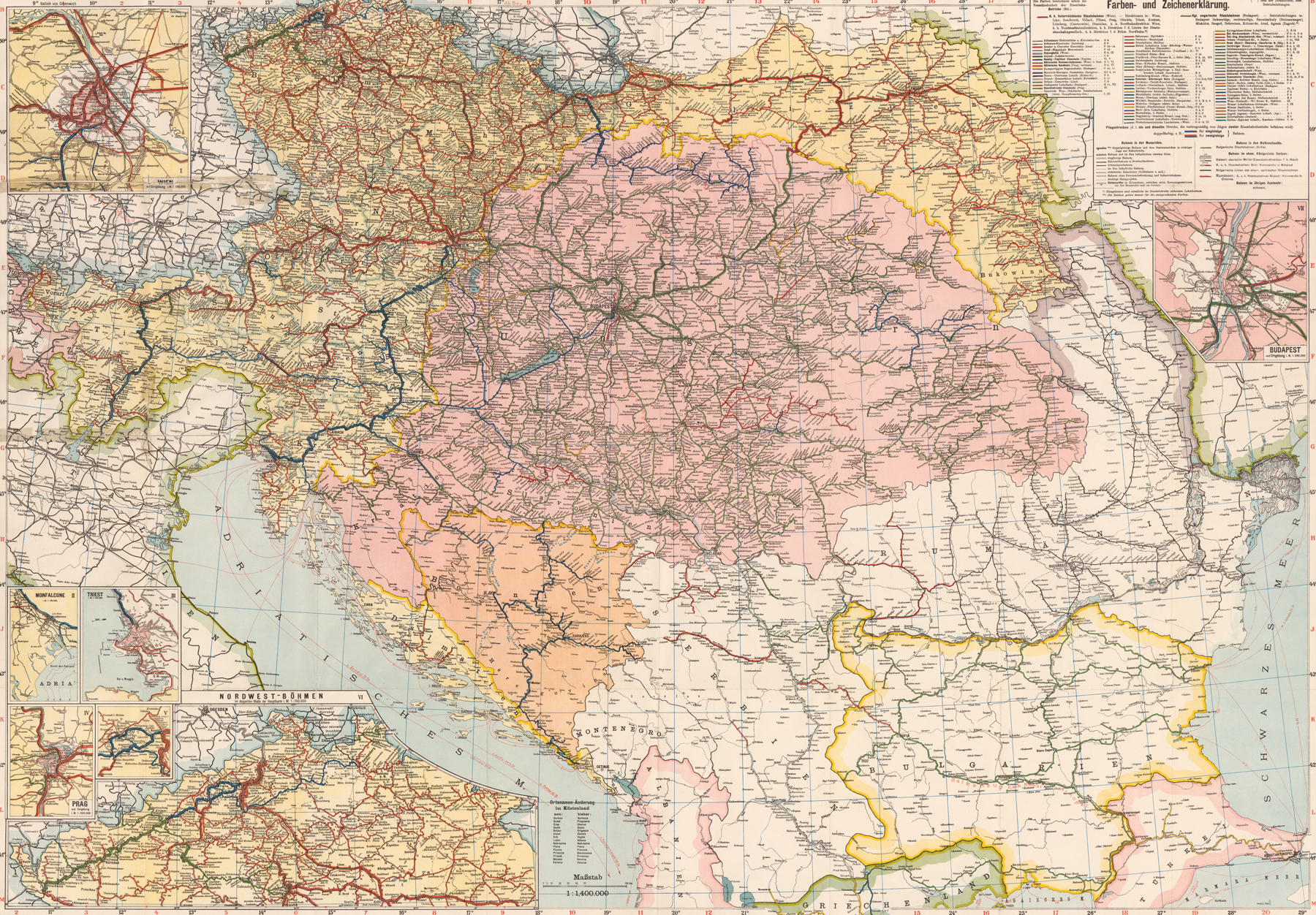
1923-1938
How it all began
Electrification, Austrofacism and travel boom: ups and downs.



After World War I, the rail network was minimised and changed – and it faced several hurdles.
Austria's railway network experienced a significant reduction after World War I, shrinking to approximately one seventh of its original size. Of the once extensive 46,000-kilometre network within the Austro-Hungarian Monarchy, only 6,000 kilometres remained intact. The establishment of the Republic of German-Austria in 1918 brought about new borders, subsequently altering the primary routes of the railway system. Vienna, once a central transportation hub, now found itself on the eastern periphery. Moreover, the orientation of the routes shifted from primarily north-south to a predominantly east-west direction.
The country faced major difficulties in the aftermath of the war, such as the repatriation of hundreds of thousands of military personnel. Yet there was a widespread unavailability of locomotives, passenger coaches and freight wagons, as they had been relinquished to the rail administrations of the newly formed nations previously under the monarchy. Plus, the railway system faced staff shortages and the supply of coal for steam locomotives was so scarce, it had to be procured at a steep price from abroad.
Under the management of the Austrian Office of Transport, back then the railway was known as "Deutsch-Österreichische Staatsbahnen" (German-Austrian State Railways). After the St. Germain Peace Treaty in 1919, the name was changed to "Österreichische Staatsbahnen" (Austrian State Railways). In 1921, the railway fell under the jurisdiction of the Ministry of Trade and Transport. Then it was supposed to receive the name it still has today: ÖBB, or "Österreichische Bundesbahnen" (Austrian Federal Railways). However, as the railway industry was being restructured in 1922 and it turned out the privately operated Swiss network "Oensingen-Balsthal-Bahn" already used the abbreviation ÖBB, the name change had to wait. As a result, when it was founded in 1923, the railway adopted the abbreviation "BBÖ", which was also prominently displayed on the trains.

Unless otherwise stated, image rights are © ÖBB Infra.